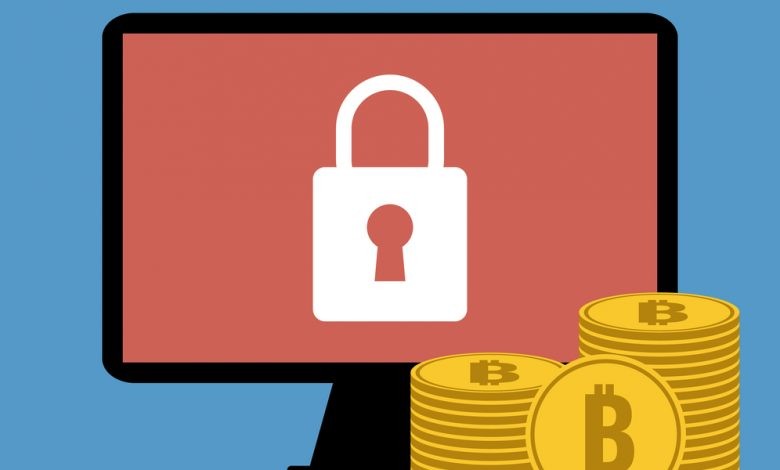
Table of Contents
What is Ransomware?
Ransomware is a type of malicious software that encrypts the data on your computer or locks your device — and then demands a ransom from you in exchange for decrypting your data. The hackers usually demand the ransom in bitcoin or other cryptocurrencies, and no guarantee paying up will get your files decrypted.
How does Ransomware Spread?
Ransomware can spread through various methods, including spam, phishing emails, and social engineering efforts. Once the target's network is compromised, the ransomware can be spread to other systems or networks in the same network.
About Midas Ransomware
Midas Ransomware is a type of malware known as ransomware. Ransomware encrypts all the files in a computer until the user pays a ransom. Midas will then drop a file named RESTORE_FILES_INFO.hta and RESTORE_FILES_INFO.txt, asking the victim to contact the attackers for a decryption key.
"Midas Ransomware is a ransomware variant that can lock access to an infected machine by encrypting the data stored on the victim's hard drive. Files are encrypted using a strong AES encryption algorithm. The malware can also terminate running processes, terminate Windows processes, change Windows registry values and do web operations.
Ransomware has also been spotted inside the following files and processes: ['Newwaveshare.exe', '3767a7d073f5d2729158578a7006e4c4.virus']
Midas Ransomware Capabilities
- Spawns processes Queries process information
- Queries a list of all running processes
- Performs DNS lookups
- modify task schedules via schtasks.exe
- Monitors changes on your computer
- Queries sensitive processor information
- Modifies the Windows registry using reg.exe
- Performs a network lookup/discovery via ARP
- Creates guard pages to prevent reverse engineering
- Uses sc.exe to modify the status of services
- Queries the cryptographic machine GUID
How to Remove Ransomware?
To remove ransomware, use the tools provided by the security software that you installed. If you cannot use these tools, you can also try to remove ransomware by yourself. The only way to remove ransomware is to remove the infection from its starting point, the malware program itself. Another way is to check if a decryption tool is available for the specific ransomware in your system.
How to Protect Against Ransomware?
There are things you can do to protect your computer from ransomware, the most simple one being having regular backups. Also, make sure you are regularly installing security updates on all your devices. It's also a good idea to run periodic malware scans using a good antivirus
General guidelines to defend your system from ransomware infections:
- Maintain a backup of all important files
- Avoid opening attachments, clicking on links, downloading software from untrustworthy sources
- Maintain a safe computing environment by using reliable antivirus software, firewalls and other security features
- Use caution when opening emails from unknown sources and downloading files from untrustworthy sources





Leave a Reply
Thank you for your response.
Please verify that you are not a robot.